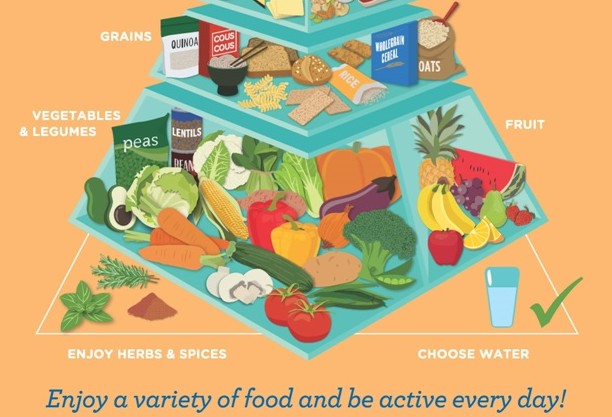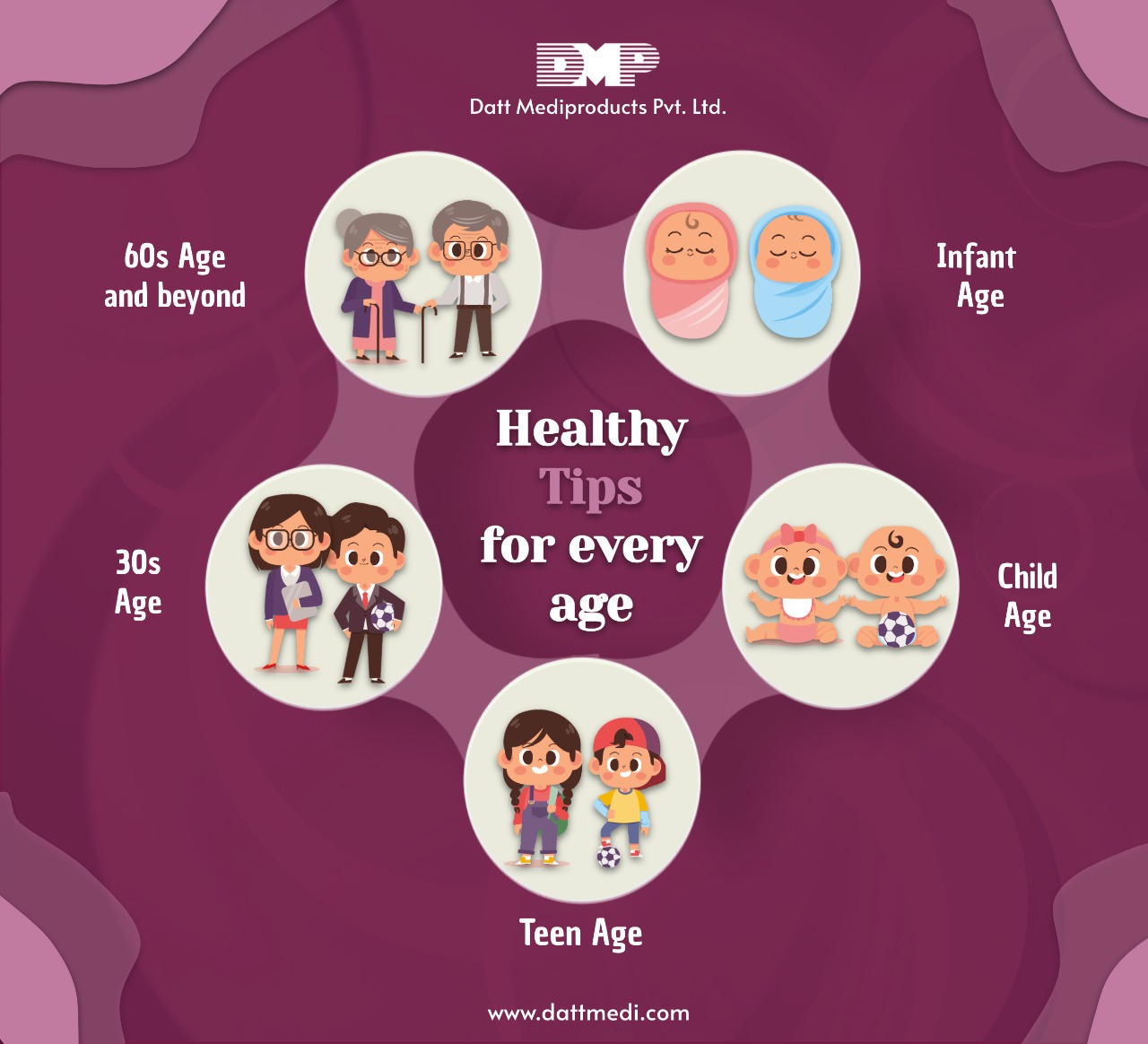
Popcorn, which is a whole grain and deliciously nutritious, makes a great snack for children and adults. Popcorn is very easy to make at your home. It provides fiber, vitamins, and minerals with the perfect crunch. Instead of refined grains, try using whole grain English muffins or pre-made pizza dough. Both options are delicious and healthy. You can even create your own recipe, depending on the variety.
The nutrition label is a key indicator of the nutritional value of a snack. A healthy snack will contain more protein and less sugar. Low-sodium versions are available for most snacks. Attention must be paid to the portion size. The smaller the serving size, the better. It is also important to search for those with more fat and fiber. Whole-grain crackers high in fiber are also an excellent choice. Healthy snack cakes can be made at home.

Offer a fruit and vegetable smoothie to your child in the afternoon. A few pieces of fresh fruit or vegetable can help keep your child away from eating too much at dinner. In addition to fruits and vegetables, you can offer protein-rich foods like ramen noodles, which can help keep your child satisfied. Low-fat pudding and frozen fruit bars are healthy snacks that kids will love, especially when they're younger. A yogurt made with milk, plain yogurt and frozen or fresh fruits is another healthy snack.
Think about how healthy the snack is for your health and the environment. Choose snacks with a high-fiber content that contain only 100 calories per serving. High-fiber snacks can decrease your desire to eat. Snacks with less than 10g of sugar are a quick and sweet option for people who have a limited time. When planning a party, you should plan ahead for a tasty, healthy, and portable snack.
Snacks should be a part of every celebration. These are all great options for snacks. Nuts, almond butter and avocado cubes are great healthy snack options for kids. If you're not into raw foods, you can also offer your child roasted chickpeas or a hard-boiled egg as a snack. Both of these great snacks are healthy.

You can also choose a healthy snack from foods that your kids can make. There are also cheesy patties which incorporate shredded carrots to create a savory snack. They are also a good option for those with a sweet tooth. A healthy snack can be a quick way to get some veggies in your diet and is a tasty treat for your kids. To add some protein and fiber to your snack, you can also make your own nuts butter.
Granola bars can be made at-home for as little as a penny. You can make multi-seed crackers at home. You won't gain weight if these healthy snacks are your go-to snack! Then, you'll never look back!
FAQ
What is the best way to eat?
The best diet for you depends on several factors, like your age, gender, weight, health conditions, and lifestyle habits. You also need to consider how much energy you expend during exercise, whether you prefer low-calorie foods, and if you enjoy eating fruits and vegetables.
Intermittent fasting may be a good choice if you want to lose weight. Intermittent fasting allows you to consume only certain meals per day, instead of eating three large meals. You may find that this method works better for you than traditional diets that include daily calorie counts.
Some studies suggest that intermittent fasting may improve insulin sensitivity and reduce inflammation, which can lead to improved blood sugar levels and reduced risk of diabetes. Research suggests that intermittent fasting can promote fat loss and improve overall body composition.
How does an antibiotic work?
Antibiotics can be used to kill bacteria. The treatment of bacterial infections is done with antibiotics. There are many types of antibiotics. Some can be taken orally while others are injected. Others are topically applied.
Antibiotics are often prescribed to people who have been exposed to certain germs. To prevent shingles, an oral antibiotic may be prescribed to someone who has had chicken pox. For those with strep-thorphritis, an injection of penicillin could be administered to prevent them from getting pneumonia.
If antibiotics are to be administered to children, they must be prescribed by a doctor. Children are at greater risk of developing side effects from antibiotics than adults.
The most common side effect of antibiotics is diarrhea. Other side effects possible include dizziness, nausea, vomiting, stomach cramps, dizziness and allergic reactions. These side effects are usually gone once the treatment is complete.
How can I get enough vitamins?
You can get most of the daily nutrients you need through your diet. Supplements may be necessary if you are not getting enough of a particular vitamin. A multivitamin can contain all the vitamins that you need. Or you can buy individual vitamins from your local drugstore.
Talk to your doctor if there are any concerns about getting enough nutrients. For example, dark green leafy vegetables such as spinach, broccoli, kale, collard greens, turnip greens, mustard greens, bok choy, romaine lettuce, arugula, and Swiss chard are rich in vitamins K and E. Other good sources include oranges, tomatoes, strawberries, cantaloupe, carrots, sweet potatoes, pumpkin, and squash.
Ask your doctor if you're not sure how many vitamins you should take. He or she will recommend the appropriate dosage based on your medical history and current health status.
How do I count calories?
Perhaps you are wondering what the best diet is for you. or "is counting calories necessary?" It depends on many factors such as your current health, personal goals, preferences, and overall lifestyle.
The Best Diet For Me: Which One Is Right?
My current health, my personal goals and lifestyle will determine the best diet for me. There are many different diets, some good and some not so good. Some diets work for some people, while others are not. What can I do to make the right choice? How can I make the best decision?
These questions are addressed in this article. It begins with an overview of the different diets today. The pros and cons of each diet are then discussed. Finally, we'll look into how to choose the best one for you.
Let's begin by briefly reviewing the different types and diets.
Diet Types
There are three main types, low fat, high protein, or ketogenic diets. Let's talk about them briefly.
Low Fat Diets
A low-fat diet is one that limits the intake of fats. This is done through reducing the intake of saturated fats (butter, cream cheese, etc.) They are replaced by unsaturated fats such as avocados, olive oil, and cream cheese. Low fat diets are often recommended to those who wish to lose weight quickly. This diet can cause constipation, heartburn, and stomach problems. Vitamin deficiencies can also occur if the person doesn't get enough vitamins through their diet.
High Protein Diets
High-protein diets limit carbohydrates and favor proteins. These diets are more protein-rich than others. These diets are meant to increase muscle mass, and burn more calories. They may not be able to provide sufficient nutrition for people who need it. They are not suitable for all people because they can be restrictive.
Ketogenic Diets
The keto diet is also known as the keto diet. They are high fat and moderately carbohydrate and protein-rich. Athletes and bodybuilders use them because they allow them more time and harder training without feeling fatigued. To avoid side effects such as fatigue, nausea, headaches, or other unpleasant side effects, you must strictly adhere to their instructions.
Statistics
- WHO recommends consuming less than 5% of total energy intake for additional health benefits. (who.int)
- According to the 2020 Dietary Guidelines for Americans, a balanced diet high in fruits and vegetables, lean protein, low-fat dairy and whole grains is needed for optimal energy. (mayoclinichealthsystem.org)
- In both adults and children, the intake of free sugars should be reduced to less than 10% of total energy intake. (who.int)
- WHO recommends reducing saturated fats to less than 10% of total energy intake; reducing trans-fats to less than 1% of total energy intake; and replacing both saturated fats and trans-fats to unsaturated fats. (who.int)
External Links
How To
What does the meaning of "vitamin?"
Vitamins can be described as organic compounds found in food. Vitamins allow us to absorb nutrients from food. Vitamins cannot be produced by the body. They must be acquired from food.
There are two types if vitamins: water soluble, and fat soluble. Water soluble vitamins dissolve easily in water. You can find vitamin C,B1 or thiamine, B2 or riboflavin and B3 or niacin, B3/niacin, B6/pyridoxine, folic Acid, biotin and pantothenic Acid as examples. The liver and fat soluble vitamins are stored within the liver and in fatty tissue. You can find vitamin D, E K, A, beta carotene, and other fat-soluble vitamins.
Vitamins are classified based on their biological activity. There are eight major groups of vitamins:
-
A - Essential for healthy growth and health maintenance.
-
C - important for proper nerve function and energy production.
-
D - essential for healthy bones, teeth, and gums.
-
E is needed for good reproduction and vision.
-
K - essential for healthy muscles, nerves, and bones.
-
P – vital for building strong bones.
-
Q - Aids digestion and iron absorption
-
R – Required for the formation of red blood vessels.
The recommended daily intake (RDA), of vitamins varies with age, gender and physical condition. The U.S. Food and Drug Administration, (FDA), sets the RDA value.
For example, the RDA for vitamin A is 400 micrograms per dayfor adults 19 years or older. Pregnant mothers need 600 micrograms per days because it is vital for the development and growth of their baby. Children ages 1-8 require 900 micrograms per day. Infants below one year old require 700mg per day. But, between 9 months to 12 months, the amount drops to 500mg per day.
Children between the ages 1--18 years old who are overweight or obese require 800 micrograms per Day, while those who are overweight or obese need 1000 micrograms. To meet their nutritional needs, children underweight and obese require 1200 micrograms a day.
2200 mg of vitamin A per day is required for children aged 4-8 who have been diagnosed by anemia.
2000 micrograms per person is necessary for general health. Due to their increased nutrient needs, pregnant and breastfeeding women need 3000 micrograms daily.
1500 micrograms are required daily by adults over 70 because they lose approximately 10% of their muscle each decade.
Women who are pregnant or lactating need more than the RDA. Pregnant mothers need 4000 micrograms per daily during pregnancy and 2500 after giving birth. Breastfeeding mothers need 5000 mg per day when breastmilk is being produced.